Shining a light on your face for crystal clear skin sounds like more of a gimmick or a magic trick than an actual acne treatment. But behold- light therapy IS a legitimate way to treat those pesky whiteheads, blackheads, cysts, and more! LED light therapy is considered an effective treatment for acne and scarring by dermatologist's worldwide. Both blue and red-light therapy treatments have been successfully conducted in dermatologist offices over the last few decades with the administration led by a professional. And, while in office light therapy proves to be stronger when fighting against acne causing bacteria, the at home versions still tend to yield some pretty satisfying results.
It wasn't until more recent years with technological expansion that LED light therapy has become available for use in home. Light therapy goes further than just shining your phone screen on your face or sitting in front of a computer all day. It's about specific wave lengths of LED light that help to treat things like acne and inflammation. These wave lengths have both collagen boosting and anti-aging effects on the skin.
In Office VS at Home Treatments
With both at home and in office light therapy, a powerful LED light is shone onto the skin. This light is able to penetrate through the various layers, kill acne causing bacteria, reduce inflammation and excess oil. In office devices tend to be more effective because they use higher intensity light and cover larger areas of skin. Drawbacks of in office visits include treatment sessions 2 to 4 times per week (4-8 weeks of treatment) with each treatment averaging at around $40.
In home light therapy devices are convenient and easy to use but typically offer lower intensity light while covering smaller areas of the skin. At home devices tend to be much cheaper as you can buy a single machine for $30 to $120 dollars and continuously reuse it. Results tend to be slower and less aggressive when compared to in office light therapy.
Regardless of the administration, at home versus in office, light therapy is typically the most effective when combined with other acne therapies (besides Accutane which should be used alone).
LED Light Therapy by Wavelength
Whether its red, blue, yellow, or green; each color of light emits specific wavelengths which react with the skin. Producing results such as decreased acne, inflammation, improved skin tone, texture, and even a reduction of wrinkles.
Each light must measure within a specific spectrum to reap the full skincare benefits. For example, for blue light to be effective in the treatment of acne, the wavelength must be specific, measuring from 407 to 420 nanometers. This explains why just shining a phone screen or sitting in front of a computer doesn’t have the same effect on your skin. Red and blue light are both incredibly important for the treatment of acne and acne scars.

How Red Light Works
Red light is able to penetrate the skin very deeply, past the lower levels of the dermis, helping to encourage collagen production. Red LED is also able to reduce inflammation and actively shrink the oil glands which may aid in reducing mild to moderate inflammatory acne. It has been shown that red light therapy reduces non-inflammatory acne by 59% and inflammatory acne by 66%.
How Blue Light Works
Blue light works to kill the p-acnes bacteria on the surface of the skin. It is the most commonly LED utilized for the treatment of acne and has a fairly high success rate. Blue light therapy has been shown to reduce acne from 60 to 75%.
Combination of Red and Blue Light
Both red and blue light therapy have proven mild effectiveness when treating acne separately, however when combined the benefits of both therapies are maximized. Acne is clearer faster and collagen is produced quicker. A combination of red and blue light has proven to reduce inflammatory acne by 75-85%.
Long Term Effectiveness
The most important thing to note is that the effects of light therapy may not be long term. Continued treatments of red and blue light have been proven to temporarily reduce acne but they do not completely clear the skin, with maximum benefits being reached at an 85% clearance rate. That being said, once treatment stops the acne may begin to return. It is recommended to use light therapy along with other acne fighting treatments.
Have you tried light therapy for your skin? Let me know your experience below!

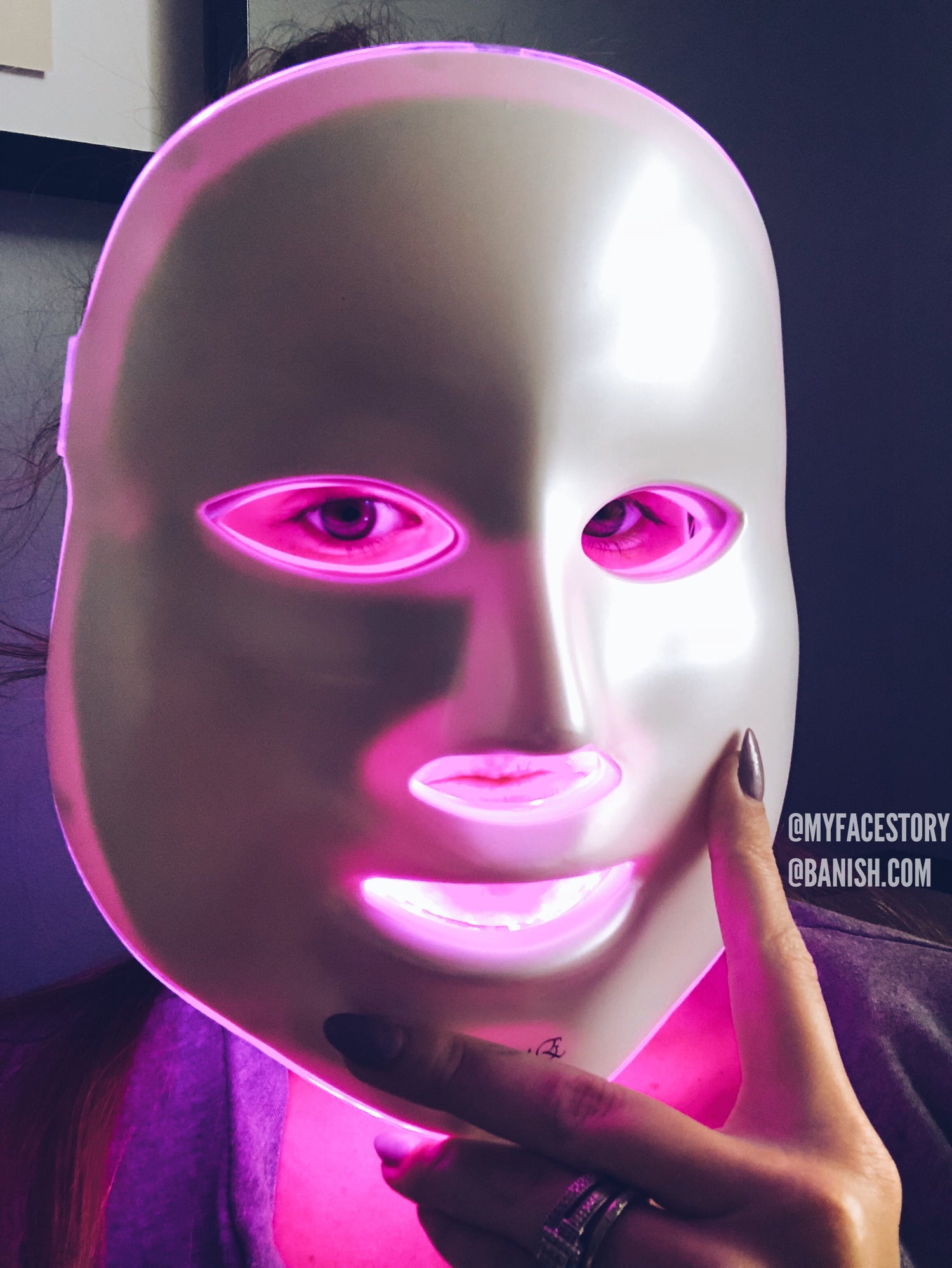
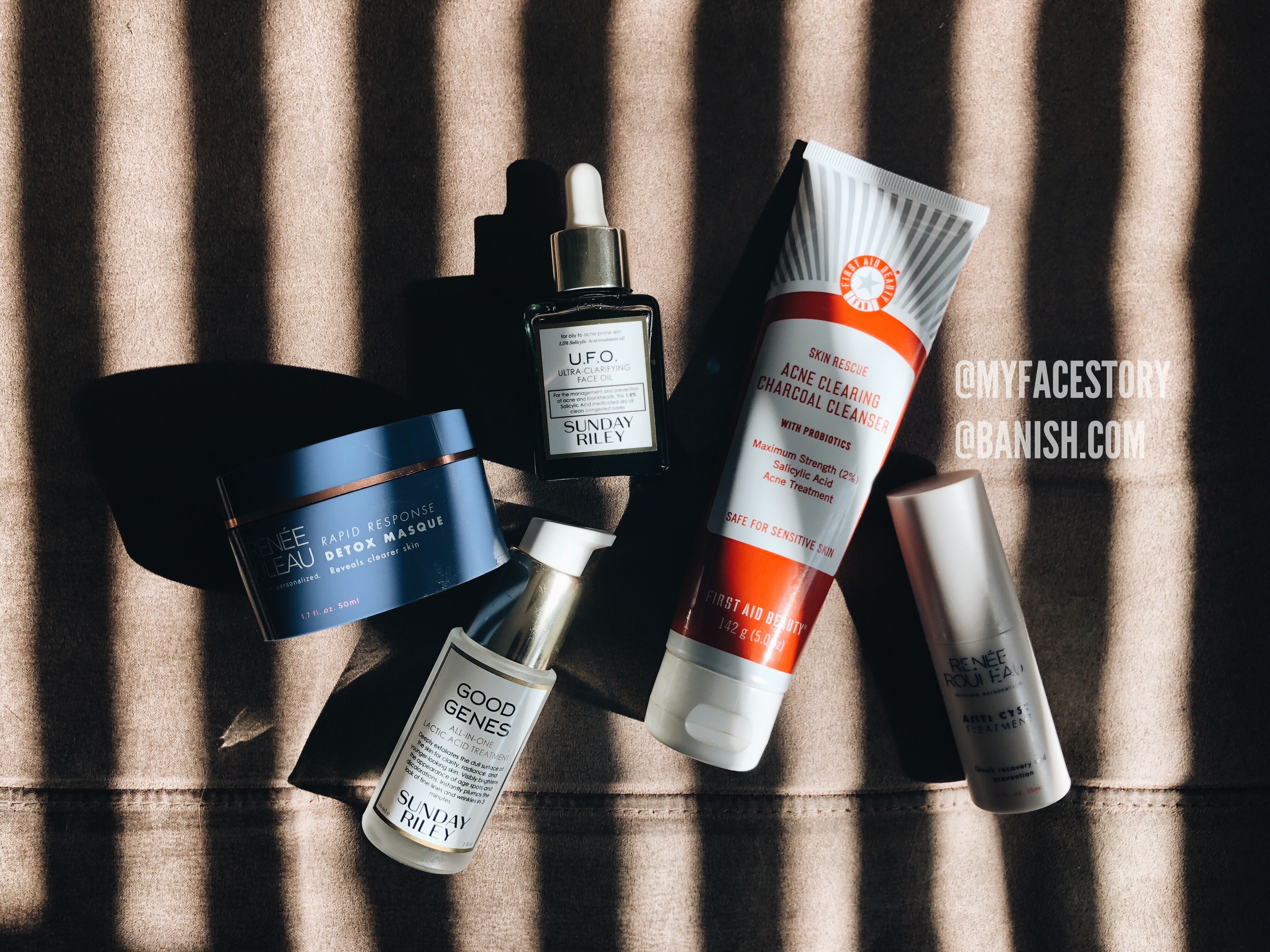
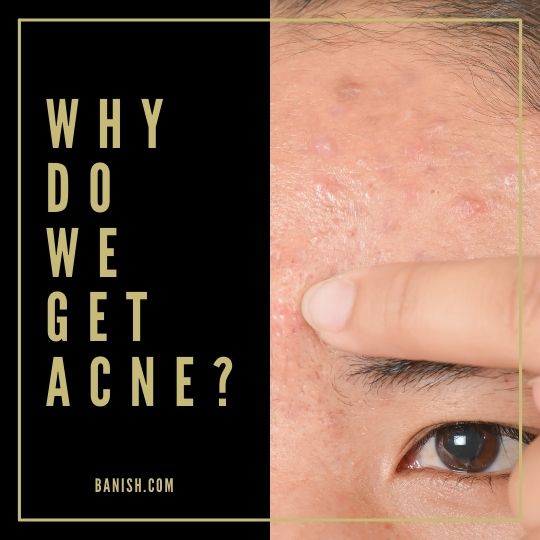
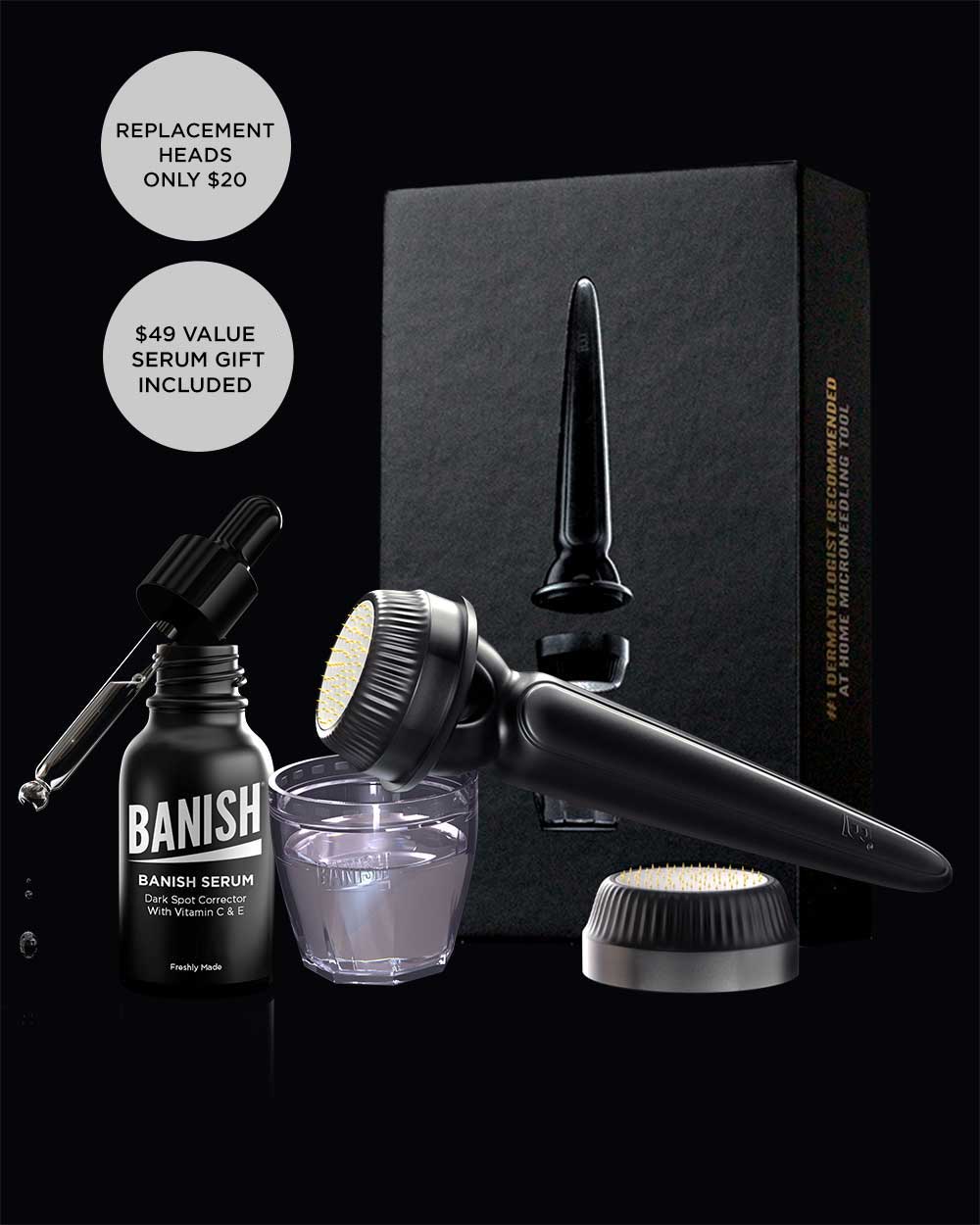
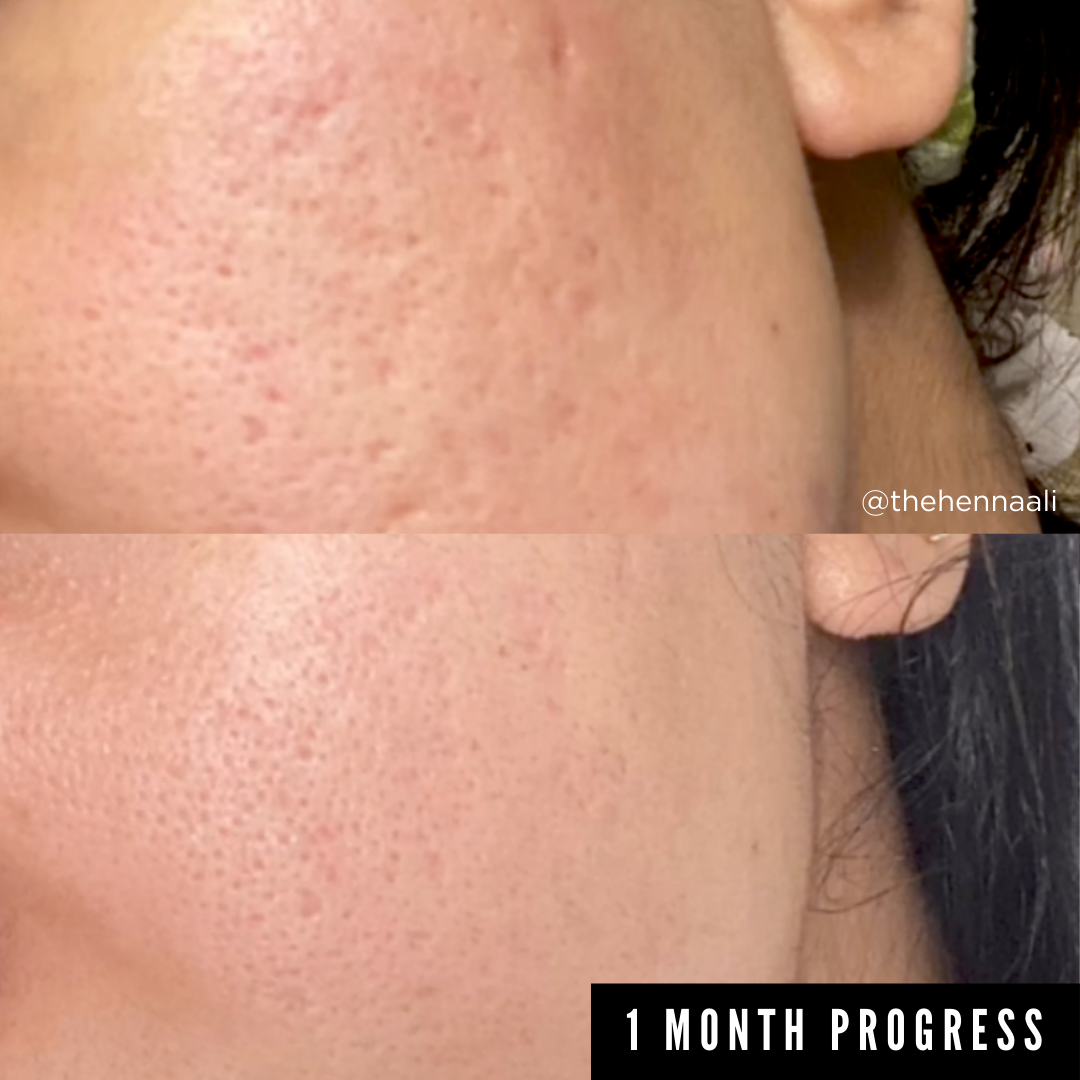
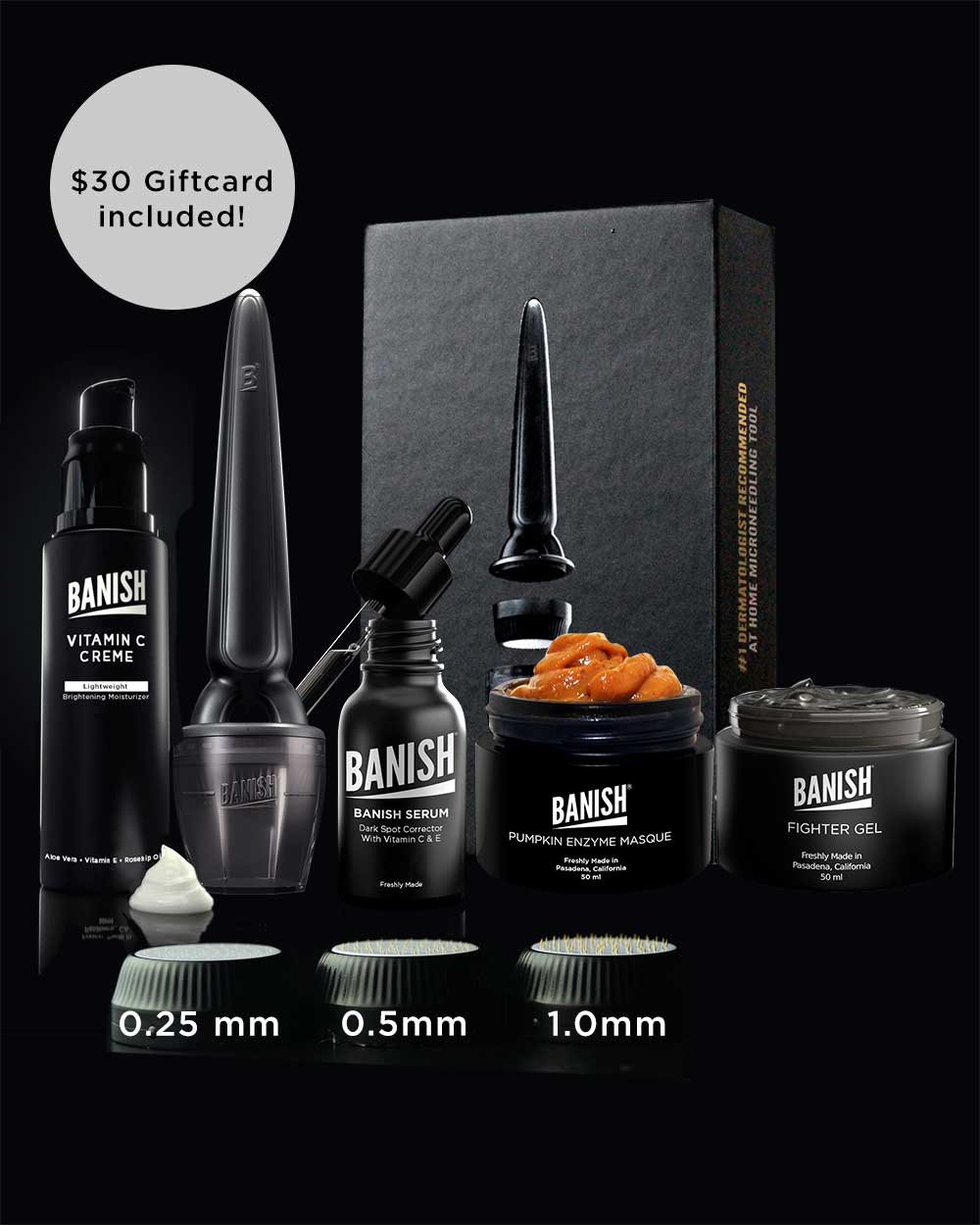
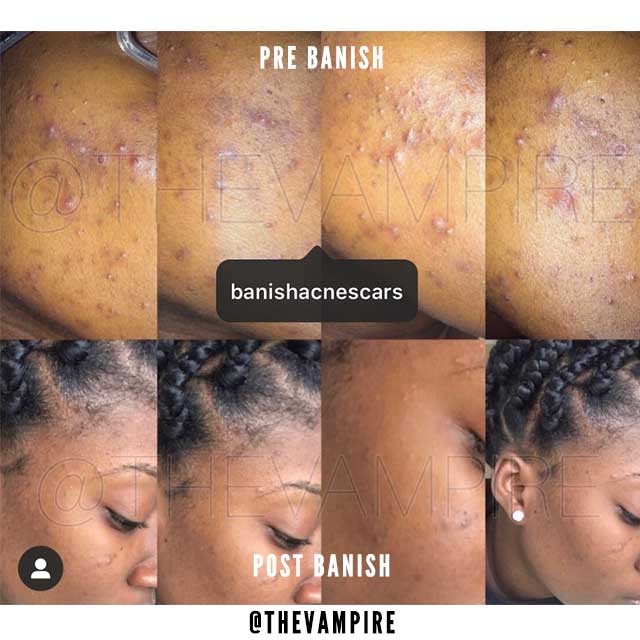
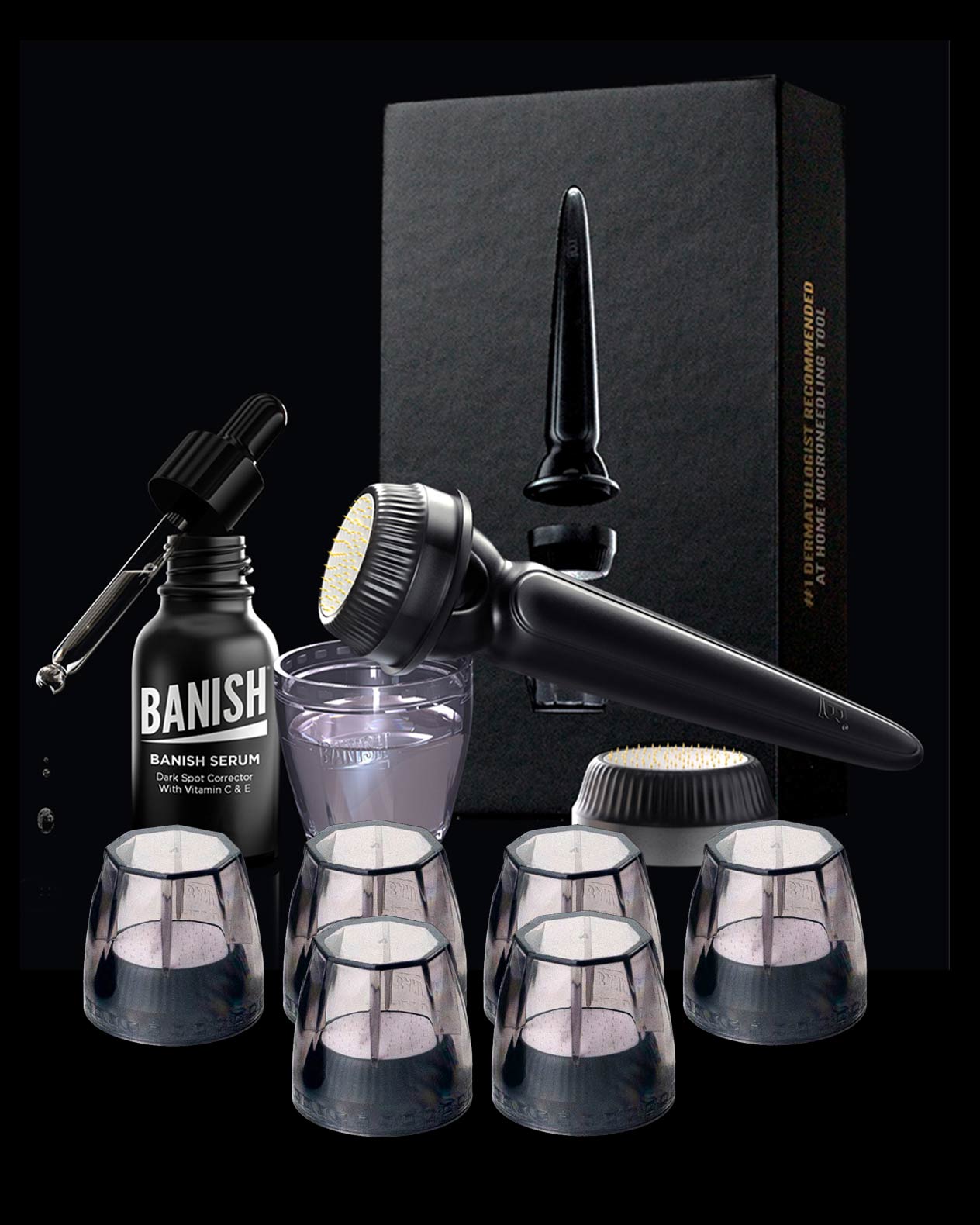
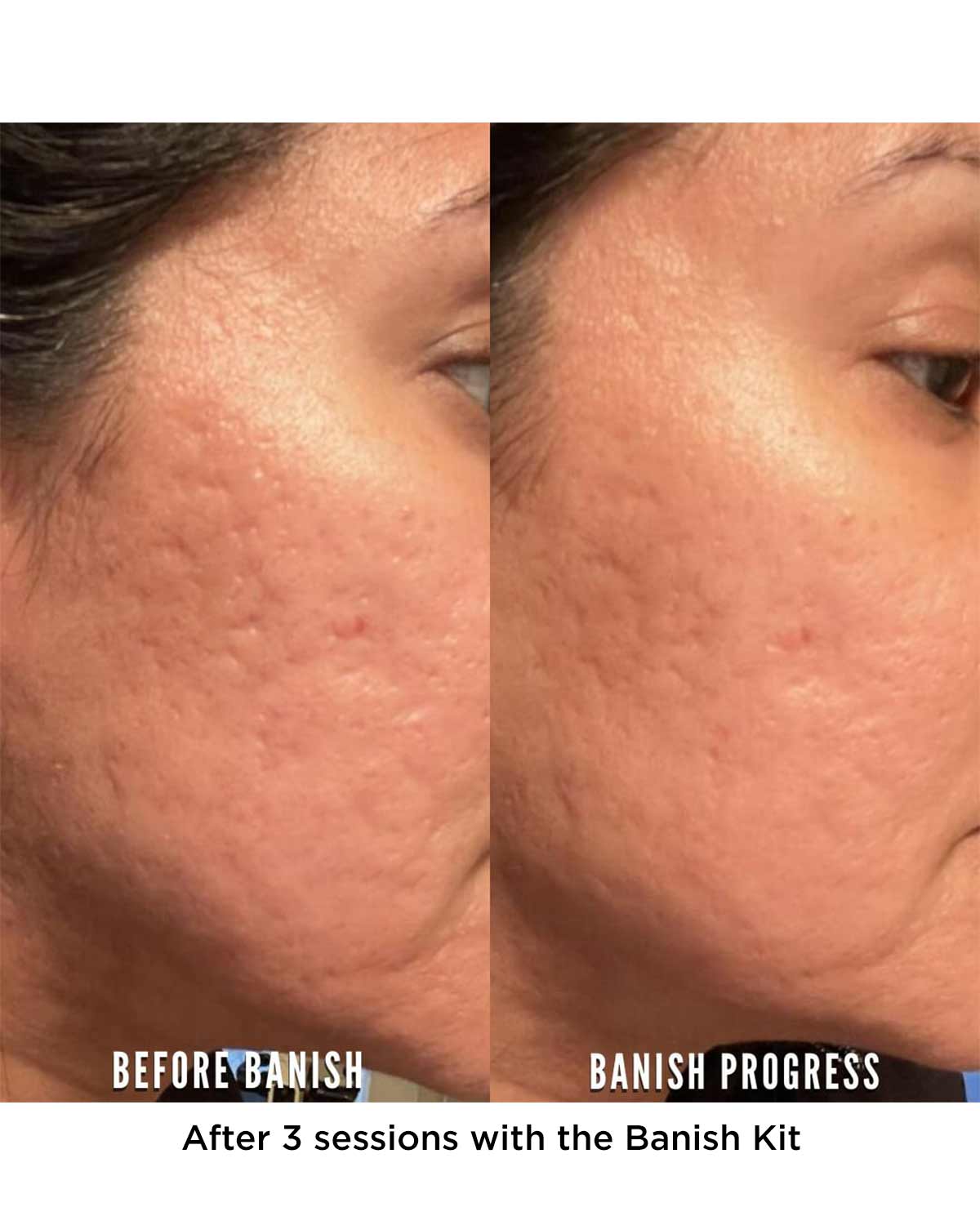
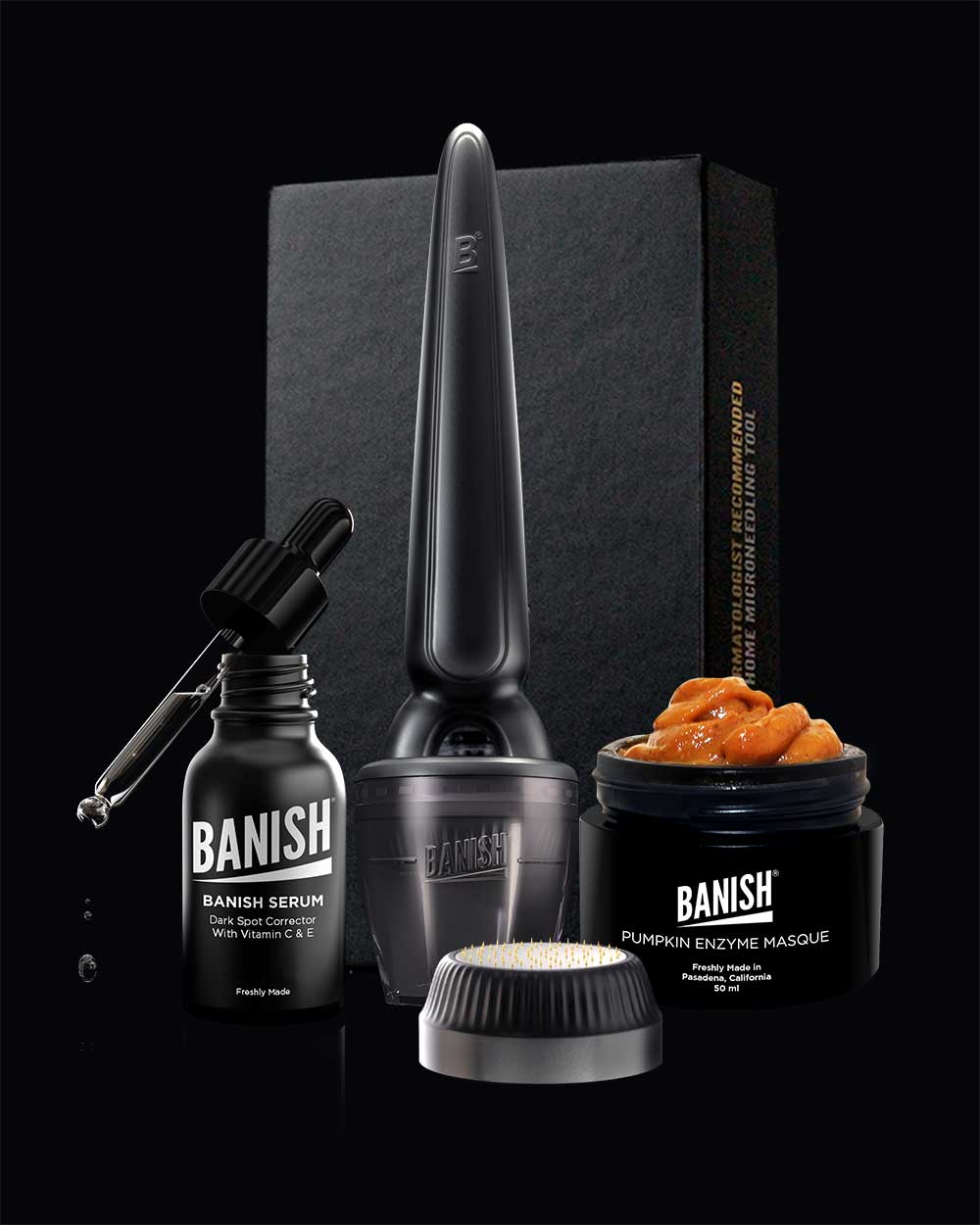
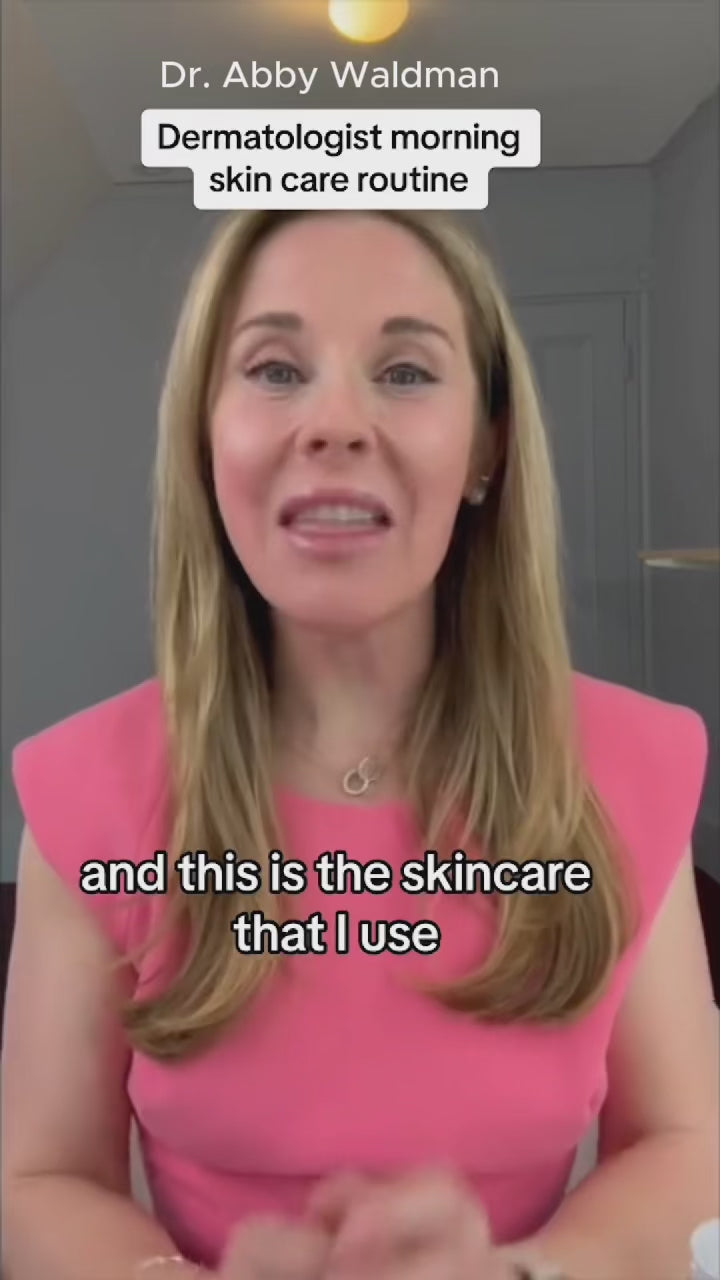
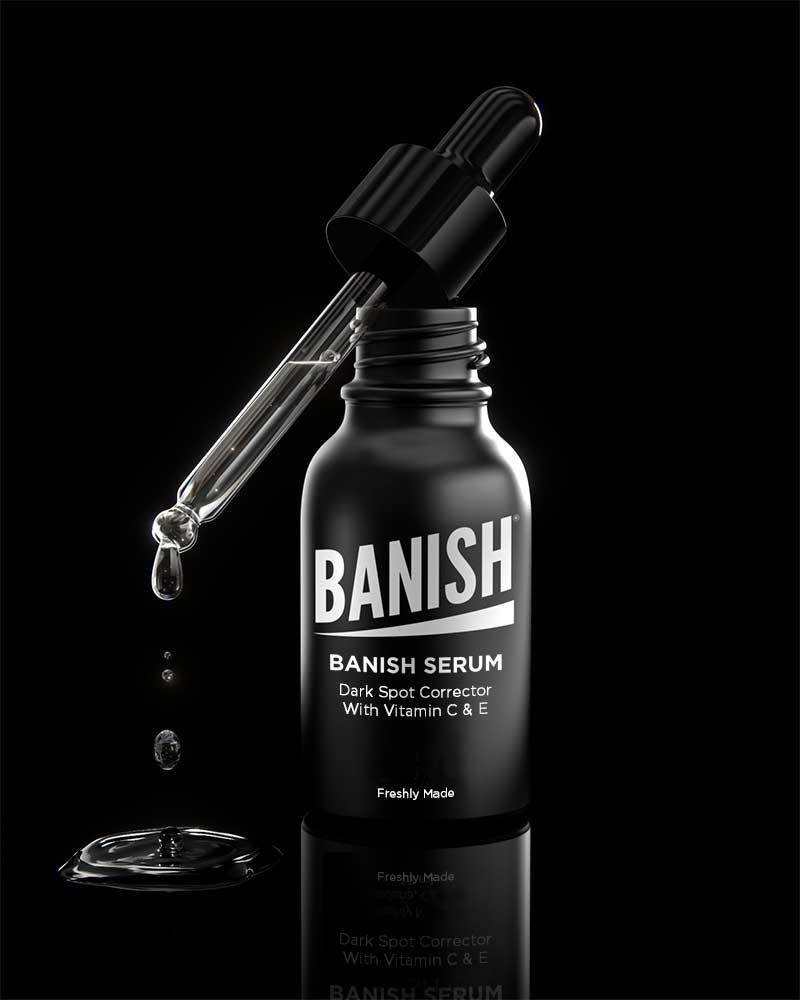
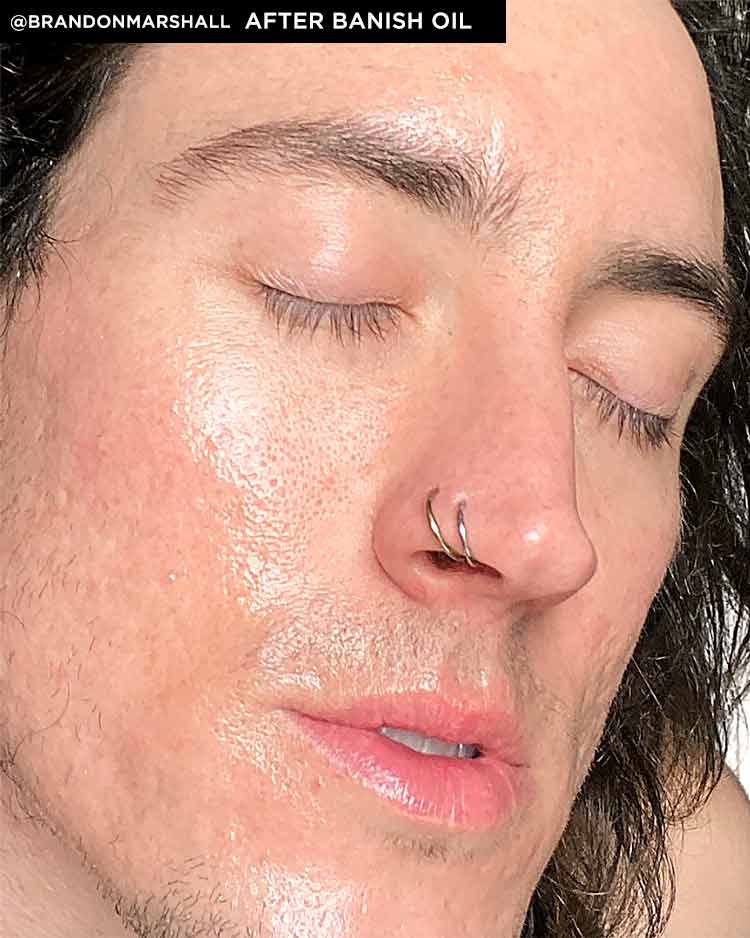
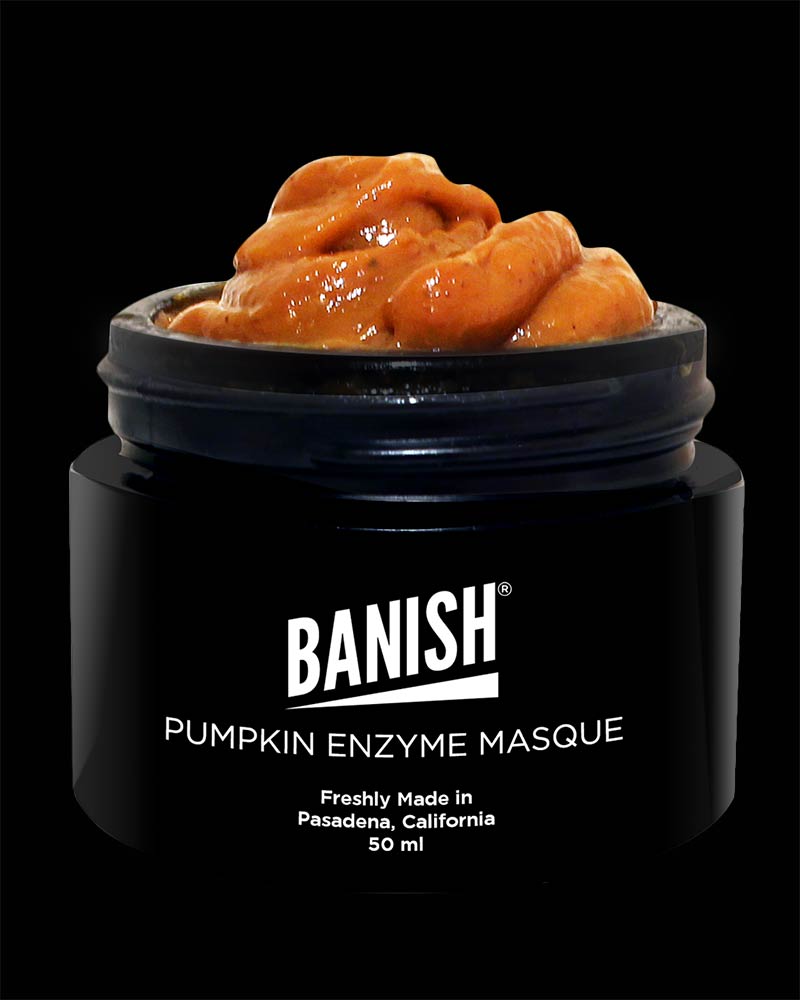
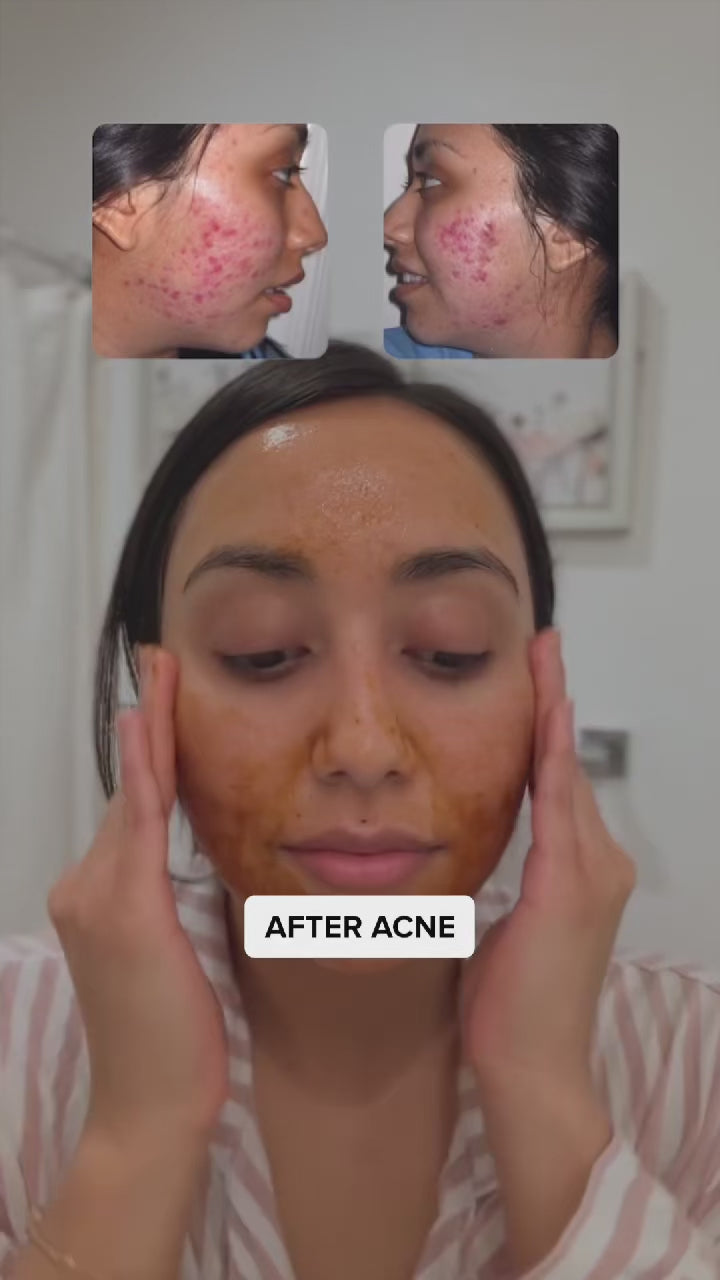
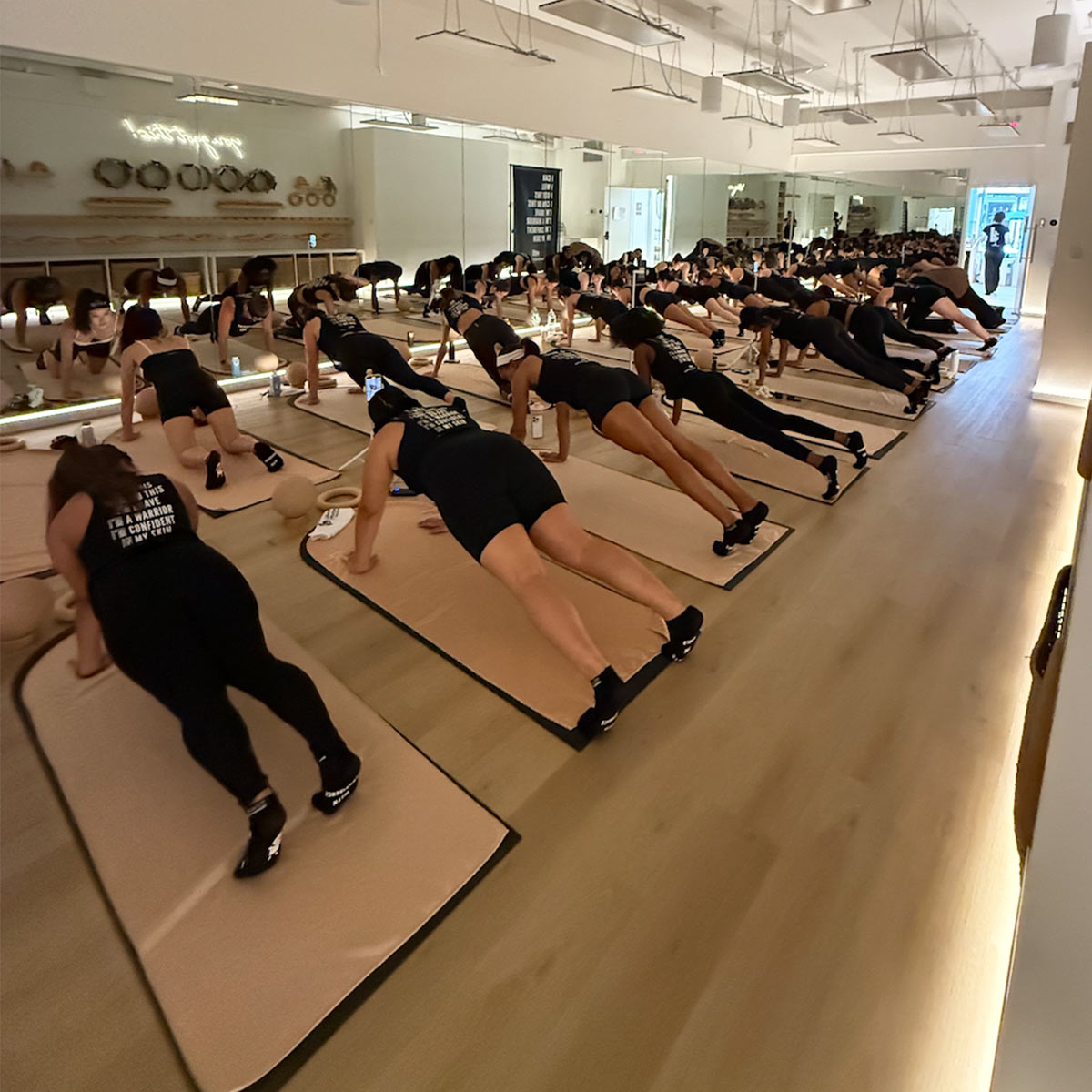
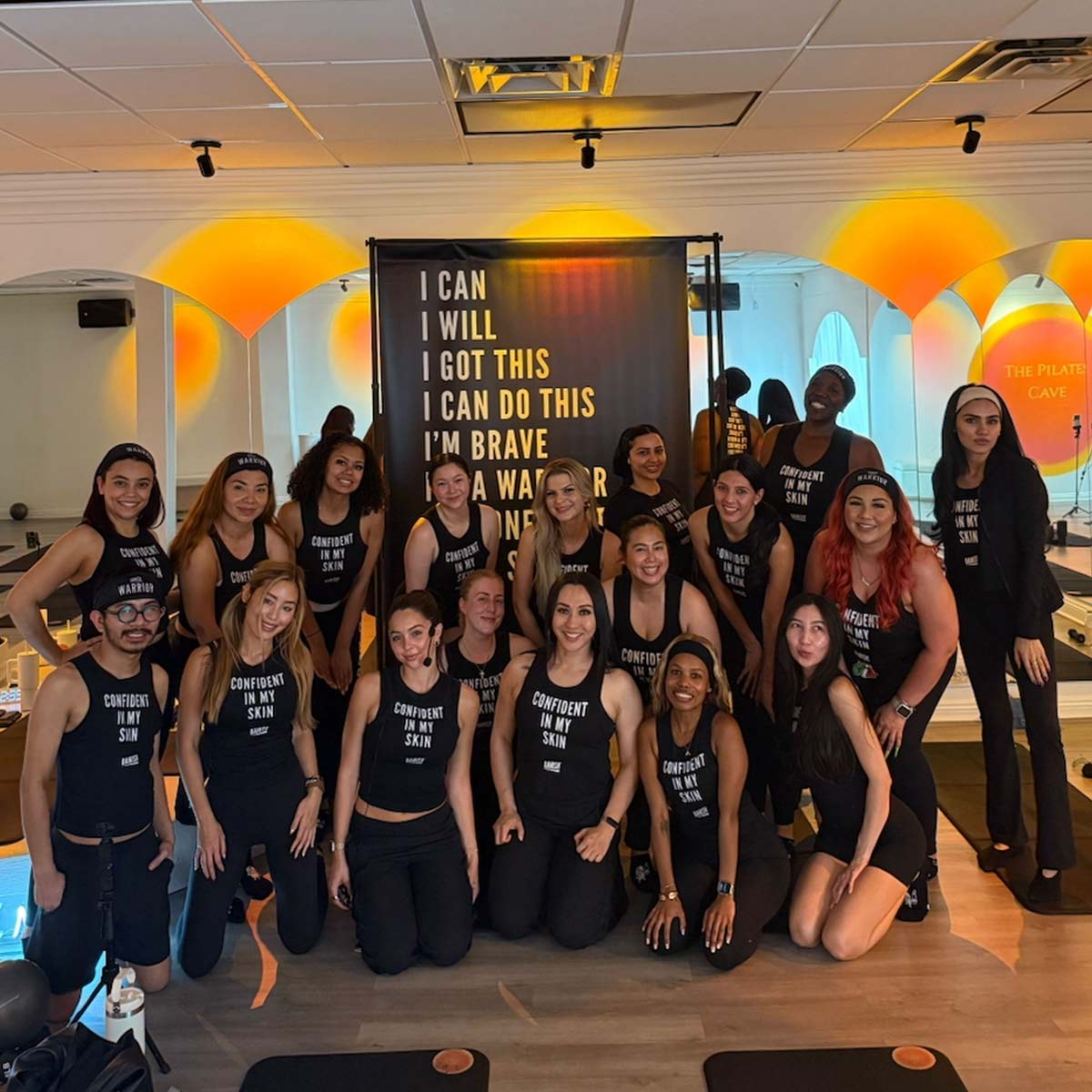

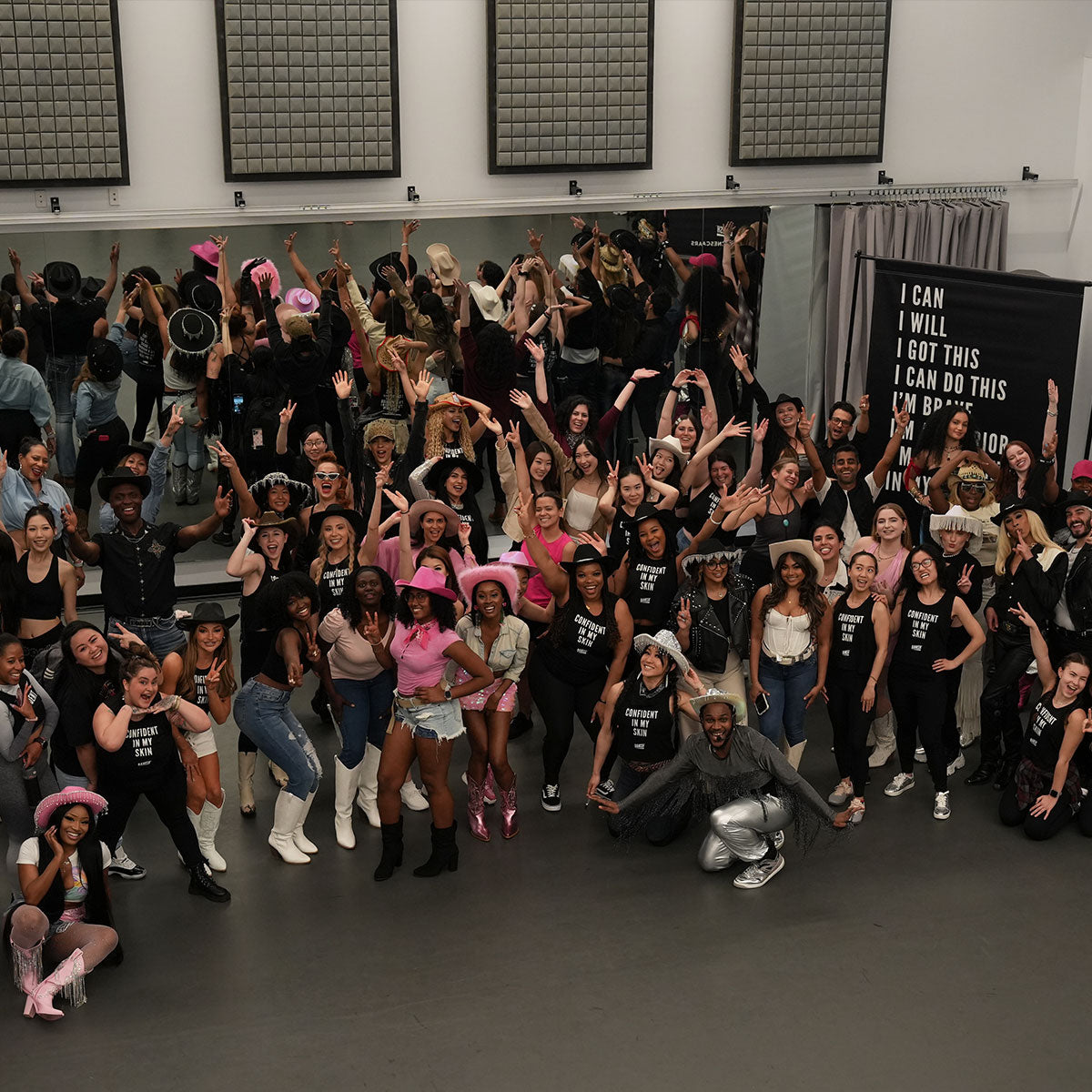
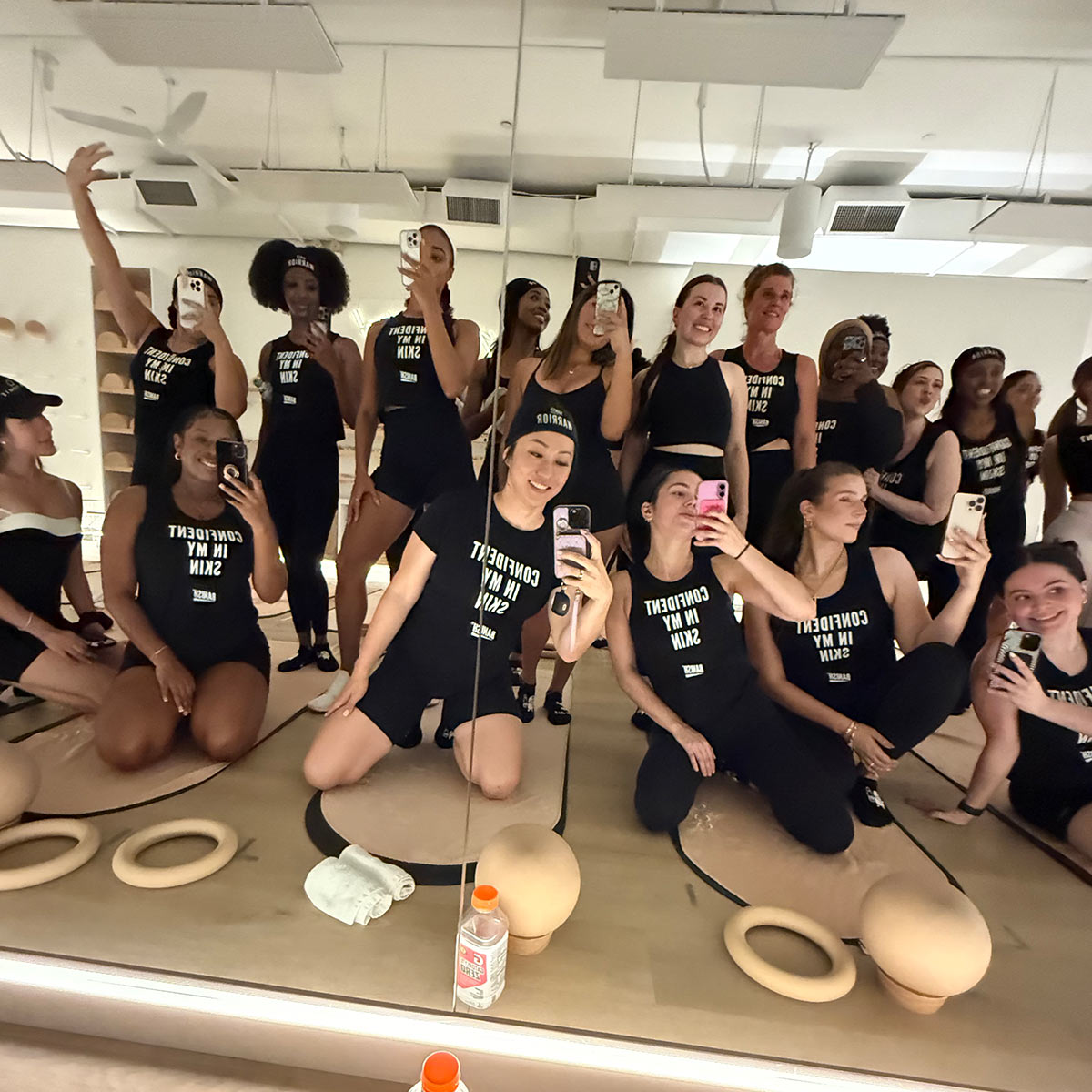
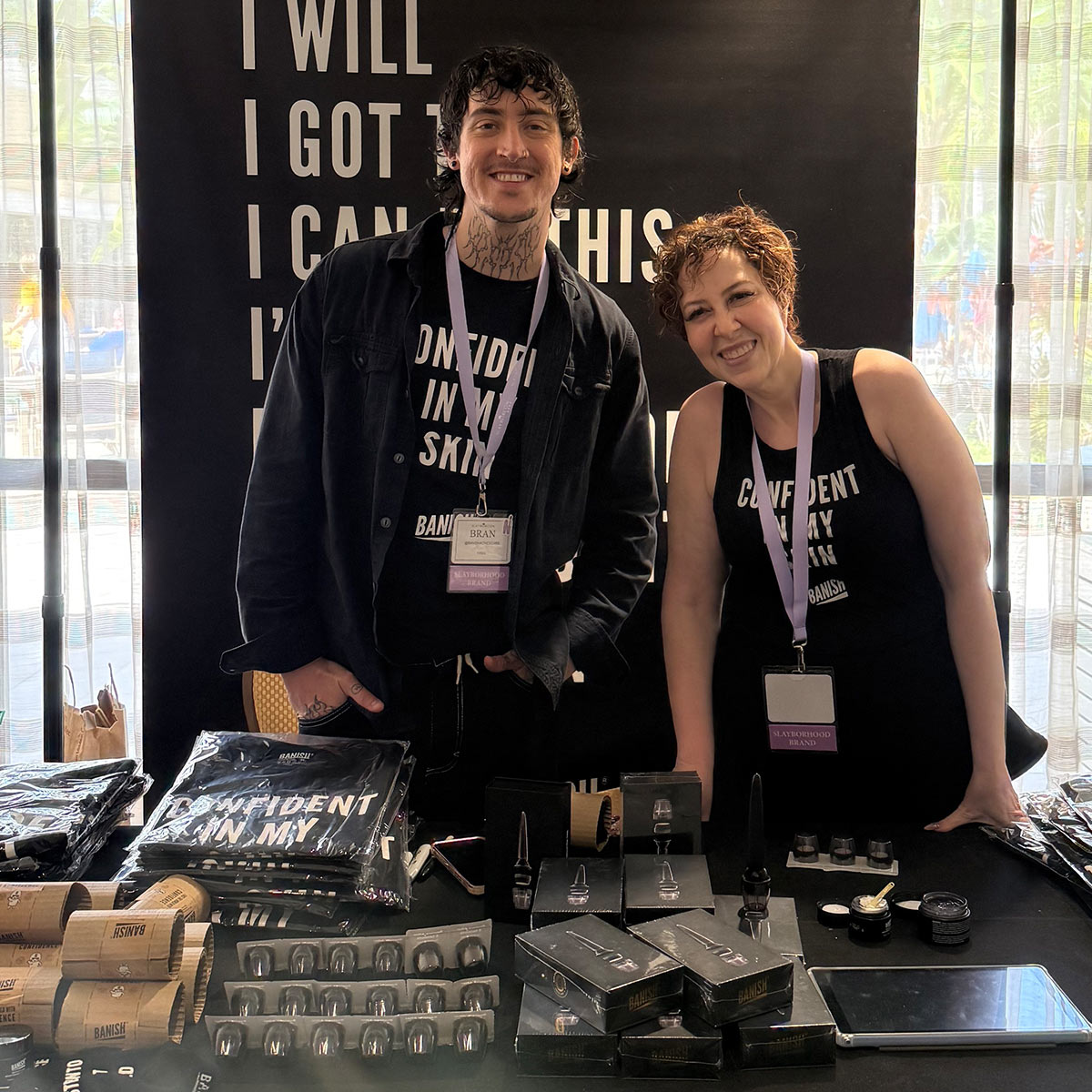
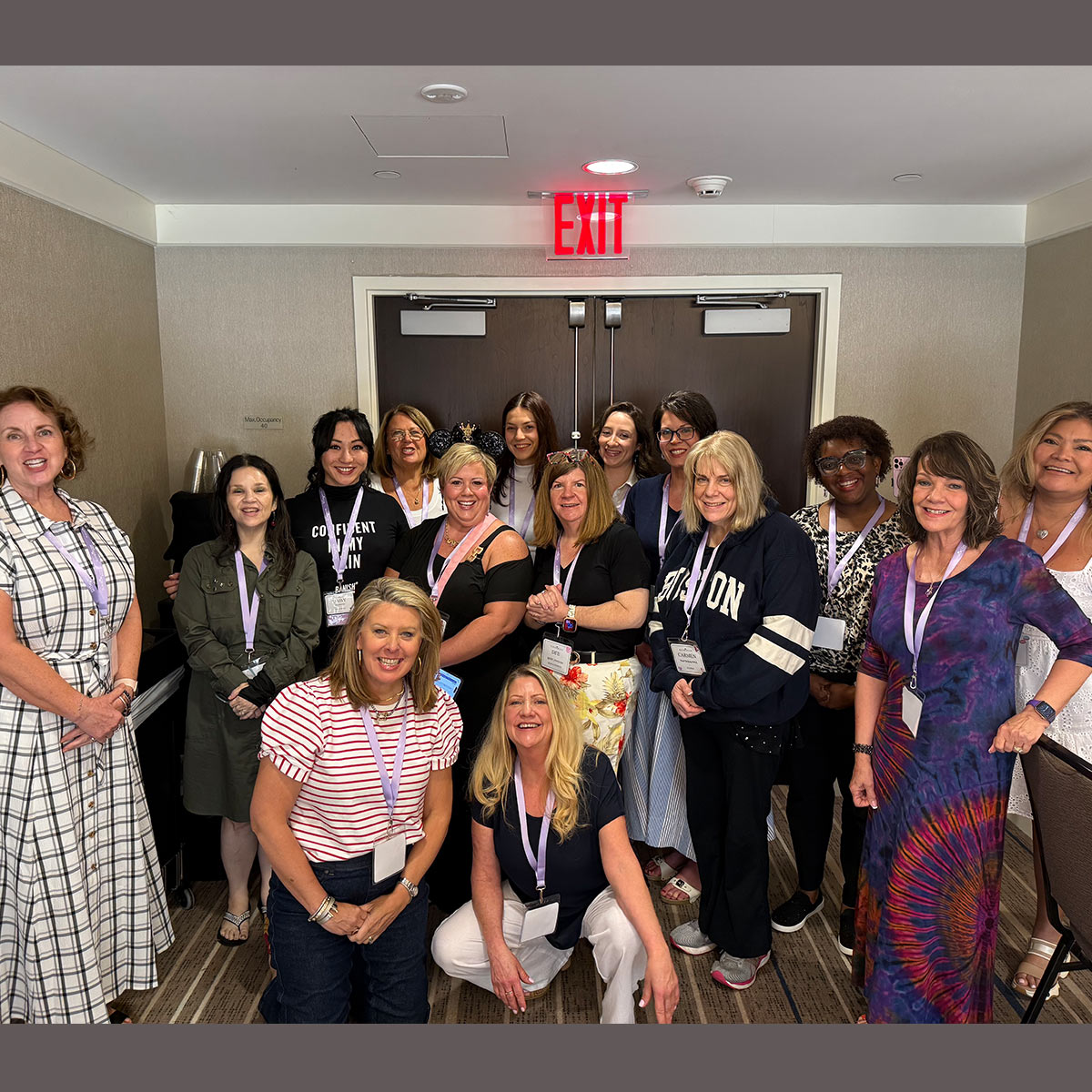
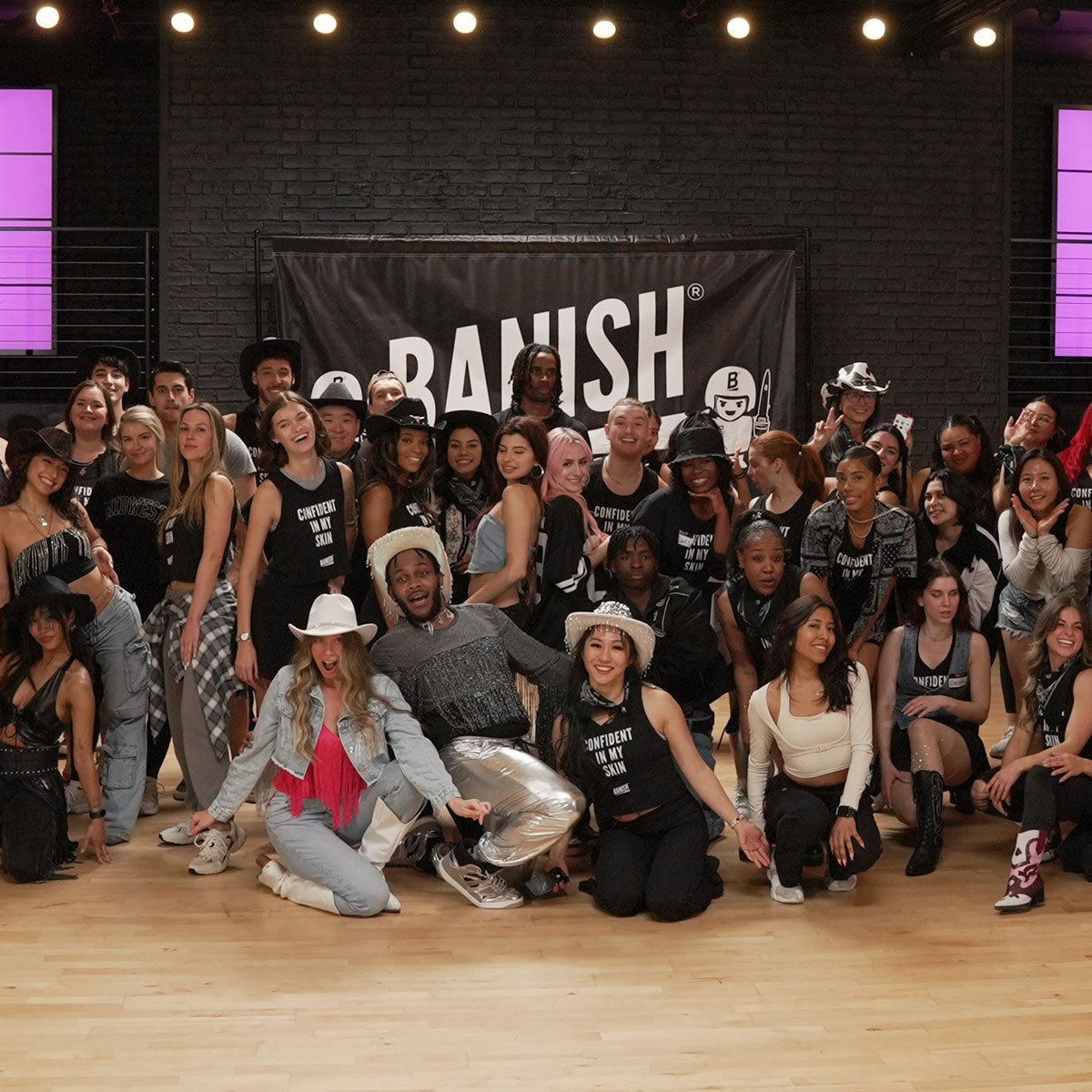

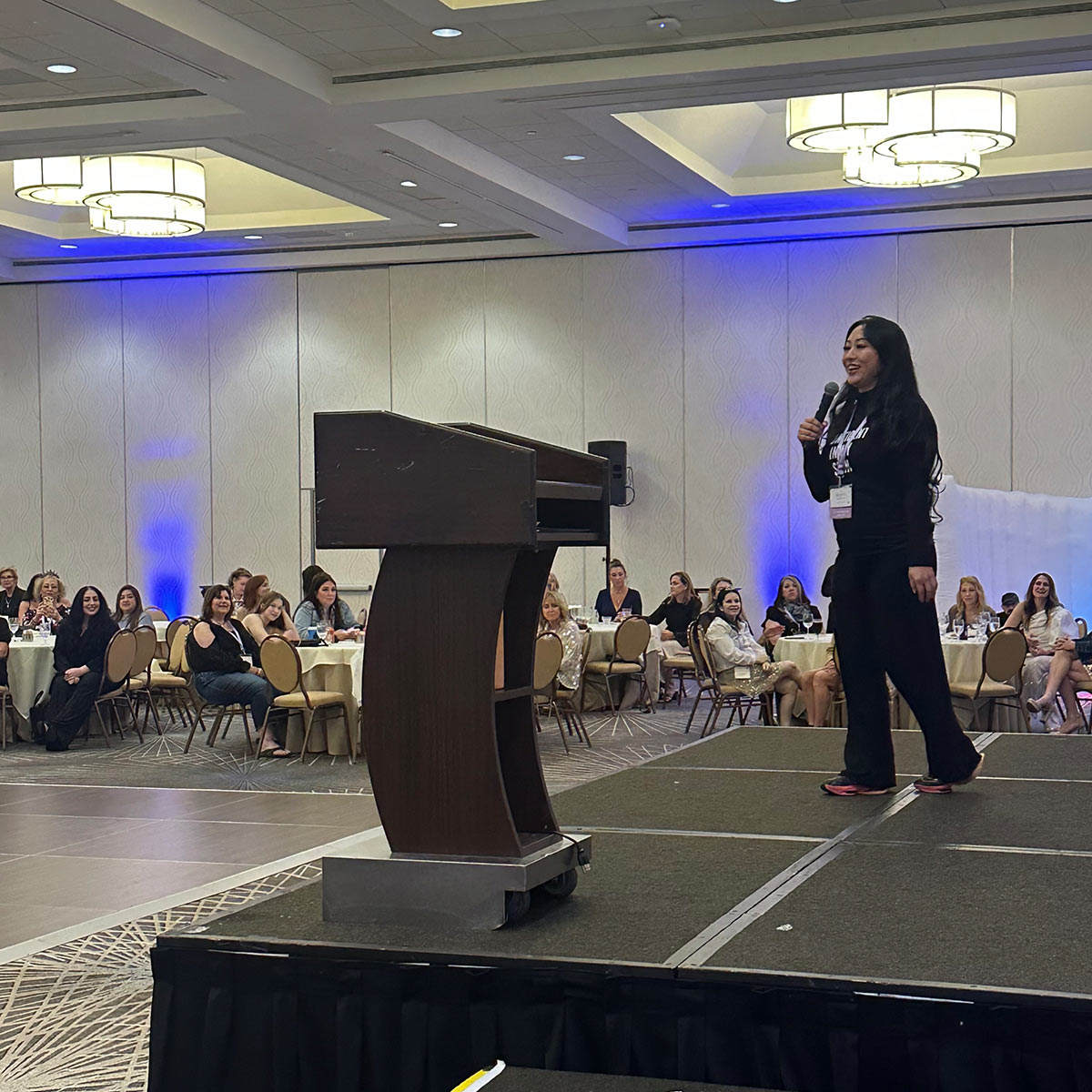
Leave a comment
All comments are moderated before being published.
This site is protected by hCaptcha and the hCaptcha Privacy Policy and Terms of Service apply.